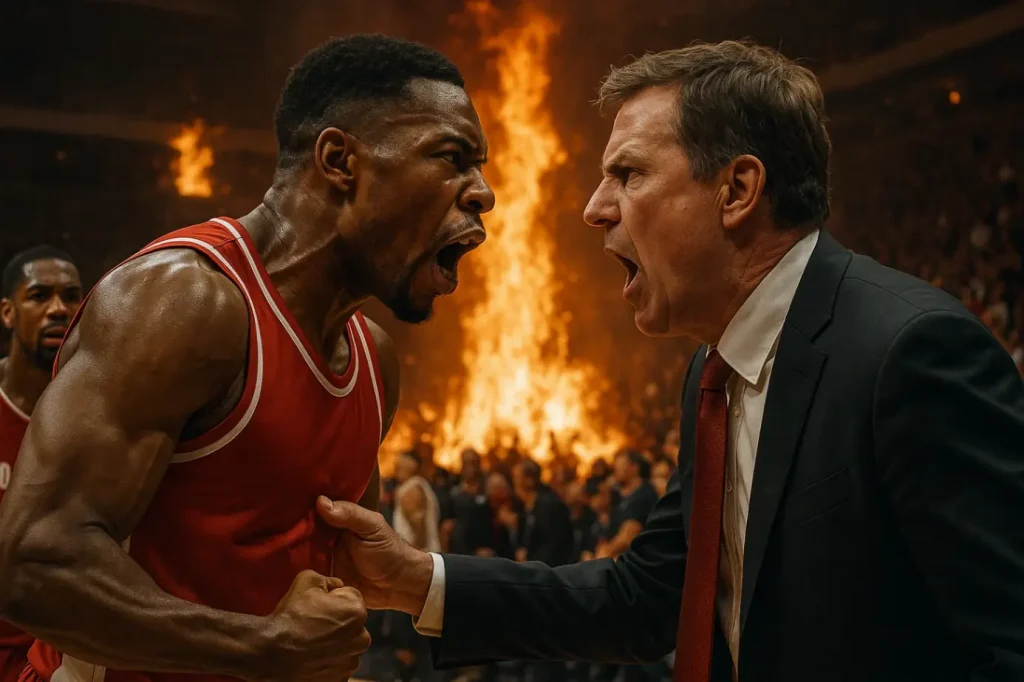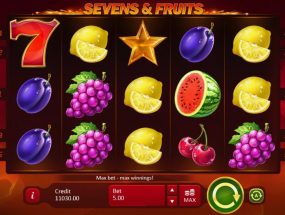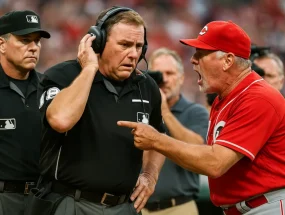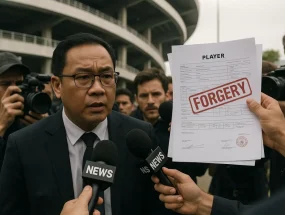NBA on Fire: How the 2025 Player-Coach Conflict Shook the League
552 views, 14.07.2025
The 2025 NBA season was supposed to be a return to balance—rising talents, strategic evolution, and record viewership were all in the forecast. But no one predicted the internal ruptures that would dominate the narrative. Tensions between players and coaches, simmering beneath the surface for years, finally boiled over. This article explores the full scope of that conflict—how it erupted, who was involved, what was at stake, and how the NBA is trying to move forward.
The Spark That Ignited the League
The discord began quietly—missed practices, cryptic tweets, and vague press conference comments. But it quickly turned into headline material when two All-Stars from different conferences openly criticized their head coaches’ leadership during nationally televised interviews. Their words weren’t isolated frustrations; they were warning shots for what would become the biggest player-coach fallout in over a decade.
The main trigger was a cultural shift. Younger players increasingly sought input into strategy, rotations, and even trade decisions. Meanwhile, traditionalist coaches resisted, advocating for old-school hierarchy and discipline. The tension reflected not just locker room politics, but generational friction and the NBA’s evolving identity.
Key Incidents That Shook the Season
In January 2025, a viral video leaked from a team’s closed-door film session. The footage showed a heated exchange between the head coach and his star forward, ending with the player walking out mid-session. The fallout was immediate: the team benched him, and the union filed a grievance.
Another flashpoint came during the All-Star break. Three players from different teams reportedly held a private summit where they discussed forming a coalition to advocate for more player input in team decisions. The meeting was covered breathlessly in sports media, sparking a debate over the league’s leadership structure and the balance of power between coaching staffs and locker rooms.
These moments weren’t isolated. They fed into a broader storm, one that impacted everything from rotations to trades, public perception, and even ticket sales in affected cities.
Impact on Team Chemistry and Performance
Perhaps the most tangible consequence of the conflict was its effect on team dynamics. Several franchises reported rising player absences, declining practice attendance, and post-game locker room silence. Analyst reports suggested that trust between staff and players had hit a ten-year low, while coaches across the league reported “unprecedented pushback” in strategic meetings.
Table: Mid-Season Performance Dip in Conflict-Affected Teams
| Team | Pre-Conflict Win % | Post-Conflict Win % | Coach Retention Risk |
|---|---|---|---|
| Chicago Bulls | 61% | 42% | Medium |
| Atlanta Hawks | 58% | 36% | High |
| Golden State Warriors | 64% | 49% | Low |
| Brooklyn Nets | 57% | 39% | High |
This decline in performance had ripple effects. Sponsors voiced concern, locker room staff were caught in the crossfire, and some assistant coaches left mid-season citing “irreconcilable differences.” For several months, the league saw more ejections, more technical fouls, and significantly more mid-game arguments than in the previous three seasons combined.
Role of the Media and Fan Reactions
The media played a crucial role in amplifying the conflict. Talk shows framed the feud as a cultural war between “Boomer coaching” and “Gen Z players.” Headlines were filled with speculation, often exaggerating minor spats into organizational crises. Social media, particularly platforms like X and TikTok, only fueled the flames. Players began using their own accounts to tell their side of the story, sometimes in cryptic tones, sometimes in blunt defiance.
Fans were split. Some sided with the players, calling out authoritarian coaching tactics as outdated. Others lamented the perceived decline in respect and professionalism. One major fan-led campaign even called for the NBA to require leadership training for both players and coaches, sparking a league-wide conversation on emotional intelligence in sports.
Behind Closed Doors: What Executives Said
While the conflict played out publicly, executives and general managers held emergency meetings behind the scenes. Some franchises commissioned internal culture audits. Others changed policies, allowing players to attend certain staff meetings or voice opinions anonymously via player liaison officers.
The NBA Players Association (NBPA) met with the league’s executive board to formally raise concerns, which included:
Lack of player involvement in tactical decisions
Inconsistent communication from coaching staff
Old-school disciplinary practices no longer suited for modern athletes
In response, league commissioner Adam Silver announced the formation of a “Player-Coach Relations Council” aimed at creating dialogue, mediation pathways, and training programs.
Lessons from Veteran Players and Coaching Legends
Not everyone participated in the conflict. Some veterans chose to lead by example, using their platform to promote unity and understanding. Legends like LeBron James, now a senior mentor within the Lakers organization, publicly urged both sides to “listen more than speak.” Coaches like Erik Spoelstra and Gregg Popovich emphasized empathy, holding media sessions where they acknowledged the challenges of evolving leadership styles.
Here’s a list of key lessons quoted by veterans and legendary coaches during the season:
“Respect isn’t inherited by title—it’s earned daily.” – Coach Erik Spoelstra
“Today’s players need context, not commands.” – Retired coach Steve Kerr
“Bridging generations is our new challenge.” – Player development specialist
“Discipline without trust is just control.” – Veteran power forward, unnamed
“It’s not rebellion—it’s a demand to be heard.” – NBPA president
These voices helped de-escalate tensions in several cities and inspired some organizations to initiate proactive leadership workshops, diversity-of-thought seminars, and psychological safety training within teams.
Looking Ahead: Can the NBA Rebuild Trust?
As the season drew to a close, some progress was made. A few head coaches were replaced by younger, player-friendly staff. New player advisory boards were established. However, not all wounds healed quickly—several top players requested trades, citing long-term relationship breakdowns. Coaching strategies now increasingly rely on collaborative planning tools and open forums to avoid miscommunication.
The NBA knows that restoring balance means more than just good PR—it requires structural change. With a new generation of stars unwilling to accept silent obedience and a coaching class being forced to evolve, the 2025 conflict could mark a turning point in how basketball leadership is practiced at the highest level.
Despite the damage, there’s hope. Ratings for the NBA Finals rebounded, showing that while conflict drew criticism, it also brought attention. More importantly, it forced a reckoning with the evolving nature of power, respect, and teamwork in a sport loved by millions.





